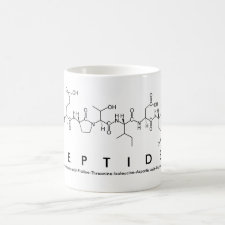
Authors: Lee MH, Thomas JL, Li MH, Shih CP, Jan JS, Lin HY
Article Title: Recognition of Rhodobacter sphaeroides by microcontact-imprinted poly(ethylene-co-vinyl alcohol).
Publication date: 2015
Journal: Colloids and Surfaces B: Biointerfaces
Volume: 135
Page numbers: 394-399.
DOI: 10.1016/j.colsurfb.2015.07.074
Alternative URL: http://www.sciencedirect.com/science/article/pii/S0927776515301089
Abstract: The immobilization of cells or microorganisms is important for bioseparations, in bioreactors producing cellular metabolites, and as receptors for biosensing. Cell-imprinted polymers (CIPs) have been shown to have cavities with complementary shapes and also high affinities for the template cells or microorganisms. However, the effects of binding to CIPs on gene expression are only beginning to be studied. In this work, the purple bacteria Rhodobacter sphaeroides was employed as a model for the imprinting of microorganisms. R. sphaeroides was first adsorbed on a glass slide as the stamp and then microcontact-imprinted onto poly(ethylene-co-vinyl alcohol), EVAL. The surfaces of the R. sphaeroides-imprinted (RsIPs) and non-imprinted (NIPs) EVAL thin films were examined by Raman spectrometry and scanning electron microscopy. The expression of the nitrogenase (nitrogen fixation, nifH) gene of R. sphaeroides adsorbed on both the RsIPs and NIPs EVAL thin films was also measured by the quantitative reverse transcription polymerase chain reaction (qRT-PCR); cells grown on imprinted polymer showed dramatic differences in gene expression compared to controls
Template and target information: cells, bacteria, Rhodobacter sphaeroides, R. sphaeroides
Author keywords: Rhodobacter sphaeroides, Microcontact-imprinting, Poly(ethylene-co-vinyl alcohol), Nitrogenase, Gene expression



Join the Society for Molecular Imprinting

New items RSS feed
Sign-up for e-mail updates:
Choose between receiving an occasional newsletter or more frequent e-mail alerts.
Click here to go to the sign-up page.
Is your name elemental or peptidic? Enter your name and find out by clicking either of the buttons below!
Other products you may like:
 MIPdatabase
MIPdatabase









